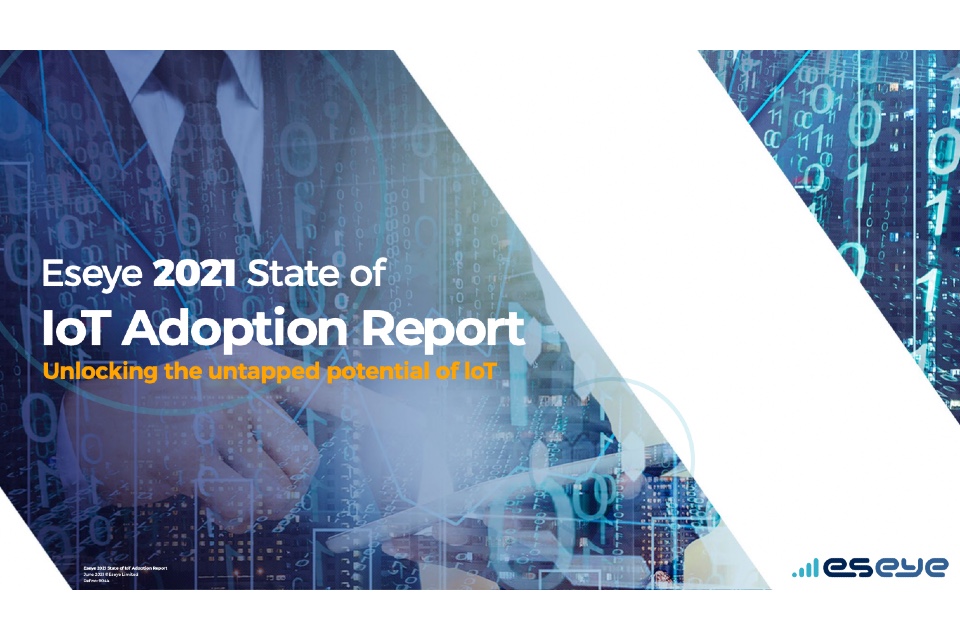By Derek Bryan, Vice President EMEA, Verizon Connect
Around the world, supply chain networks are experiencing a transformational wave of new challenges and changes.
The widespread uptake of digital technologies means customers now expect faster, more precise purchasing and fulfilment processes. As a result, organisations are seeking to deploy more innovative technologies within their operations teams to help deliver services more quickly and remain competitive. While these technologies bring undeniable efficiency and consistency gains to supply chains, organisations must ensure they align with the their overall strategy to ensure they deliver continuity and overall business growth.
Specifically, many forward-looking organisations are beginning to experiment with Internet of Things (IoT) devices to transform complex supply chains into fully-connected and homogenous networks. Sensor data and Radio Frequency Identification (RFID) information from these devices, for example, can enable near real-time asset tracking, monitoring, and alerts that help streamline tasks and minimise disruption. More broadly, the data generated by these devices can help produce actionable insights that inform business intelligence and can help businesses improve operations.
Creating a greater field of view
IoT allows supply chain managers to connect their vehicles, equipment and devices to gain near real-time status updates on jobs. This can offer a full picture across the supply chain, from the warehouse, to different stakeholders and customers. For example, rather than seeing a job status listed as ‘with courier’ or ‘in transit’, managers can see the exact location of the vehicle. With this information, they can make intelligent and timely decisions that will keep goods moving efficiently. It also helps deliver other benefits across the business, such as reducing costs and aiding with compliance.
Creating the conditions for collaboration
The rise of IoT helps organisations to take a much more holistic view of how their supply chain impacts business. It is particularly important for more complex supply chains, where different parts or components are sourced across disparate suppliers and locations. In these circumstances, it’s easy to organise these centres into silos. IoT gives decision makers the ability to access near real-time details on job statuses across the entire chain and helps break down silos. Increased collaboration across business areas can also help to identify potential issues or bottlenecks earlier, make smarter strategic decisions and boost productivity.
Making the most of your assets
Improved connectivity allows supply chain managers or logistics teams to optimise fleets. They can provide smarter route planning and identify assets that are delayed in traffic or held up at a previous job. They can also track utilisation rates to monitor the efficiency of assets, enabling managers to schedule the optimal number of jobs for each asset. With a deeper understanding about how assets are utilised and performing, business operations can be fine-tuned. This helps increase productivity and enables supply chain managers to help schedule more deliveries or dispatches per day. When multiplied across a fleet and the entire supply chain, this could potentially bring a huge boost to a business’ bottom line. For example, studies have shown more effective routing and utilisation can reduce driver hours by almost 25 percent.
Cultivating greater customer service
A more connected supply chain not only helps boost efficiency, it also helps deliver better customer service. Managers can access information in the office or on mobile apps to track where an item is in near real-time, so that forecasting delivery times becomes a more exact science. Managers can then identify any potential issues sooner, contact the customer to manage their expectations, or make alternative arrangements to ensure Service Level Agreements (SLAs) are met. The connected fleet also allows for automation of status updates for customers, helping them stay informed and reducing inbound enquiries to customer contact centres.
While IoT shows a lot of promise, its implementation is only in its infancy. For supply chain managers or operations directors, however, there are steps they can take now to start seeing the benefits of the technology revolution. For logistics firms, at the heart of this approach should be a proven Mobile Resource Management (MRM) platform that can collect all the data from connected devices and help turn it into easy-to-understand and actionable insights. Those that do are setting themselves up for success in the future.







